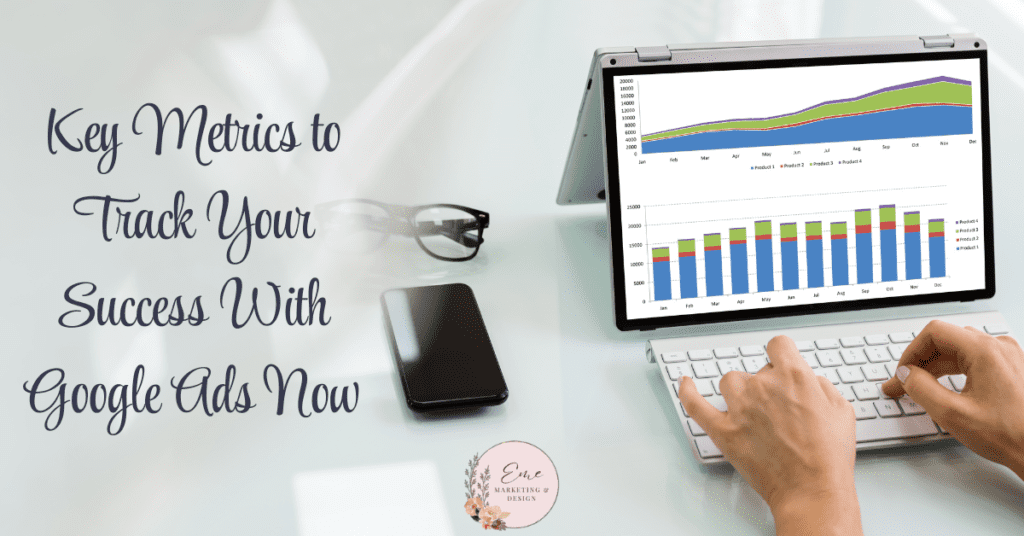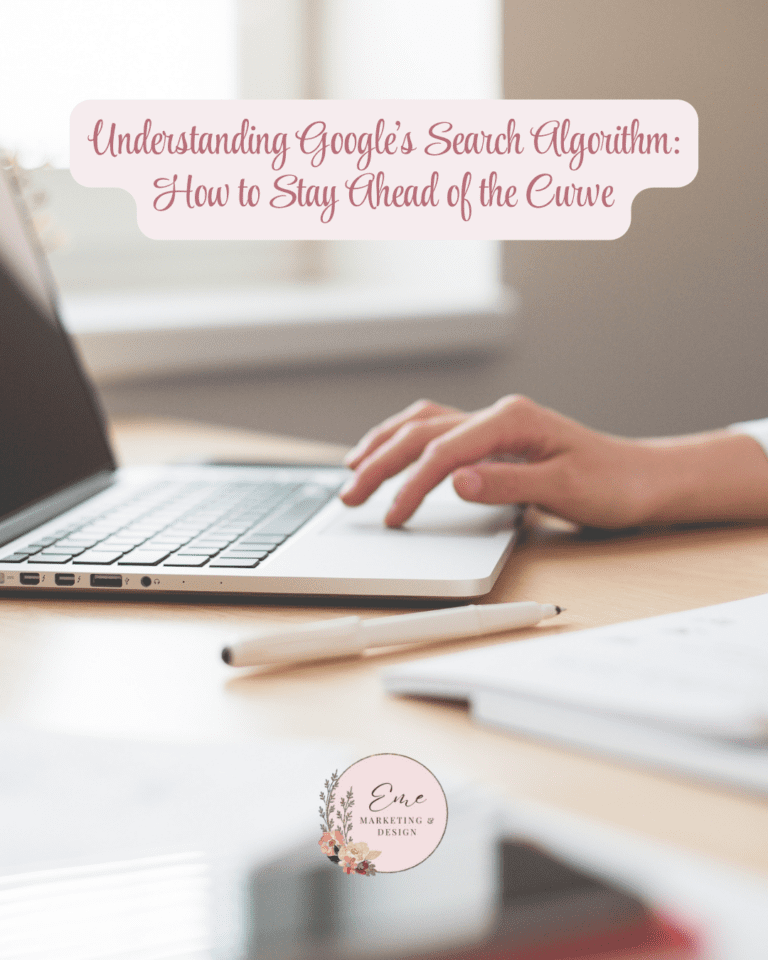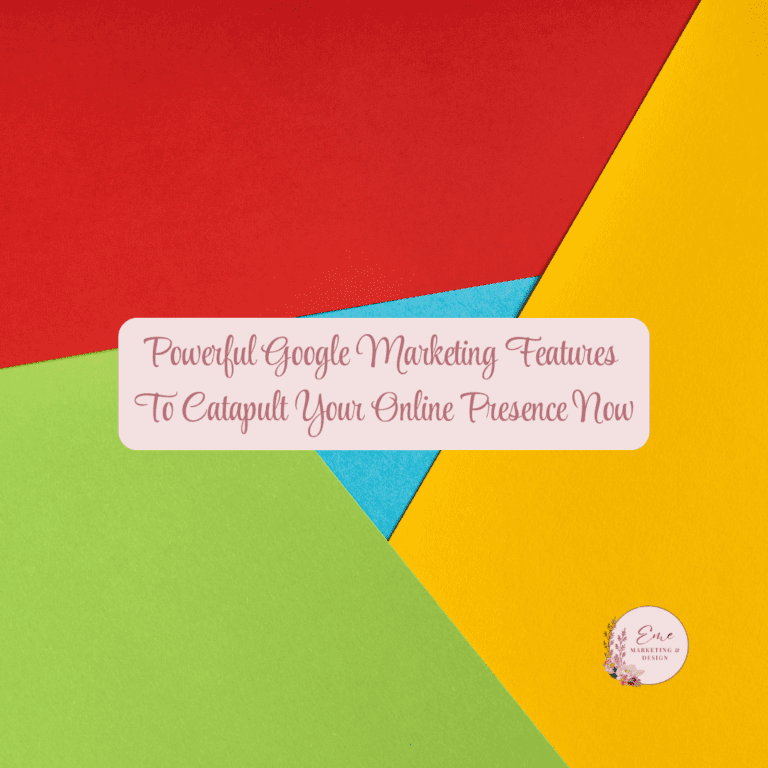
Google Ads has revolutionized digital marketing by offering businesses powerful tools to reach their target audience effectively. However, running successful Google Ads campaigns goes beyond creating compelling ads—it requires meticulous tracking and analysis of key metrics to gauge performance accurately. In this guide, we explore the essential metrics entrepreneurs should monitor to evaluate the effectiveness of their Google Ads campaigns and maximize return on investment (ROI).
Why Tracking Metrics Matters
Tracking metrics is crucial for assessing the effectiveness of your Google Ads campaigns and making informed decisions to optimize performance. By understanding these metrics, entrepreneurs can refine their strategies, improve targeting, and maximize the impact of their advertising budget.
- Impressions and Click-Through Rate (CTR)
- Impressions: The number of times your ad is displayed to users. Monitoring impressions helps gauge the reach and visibility of your ads across Google’s network.
- CTR: The percentage of users who click on your ad after seeing it. A high CTR indicates that your ad is relevant and compelling to your target audience.
- Conversion Rate
- Definition: The percentage of users who complete a desired action after clicking on your ad, such as making a purchase, signing up for a newsletter, or filling out a form.
- Importance: Conversion rate directly measures the effectiveness of your ad campaigns in achieving your business goals. It reflects how well your ads and landing pages align with user intent and expectations.
- Cost per Click (CPC) and Cost per Conversion (CPA)
- CPC: The average cost you pay each time a user clicks on your ad. Managing CPC helps optimize your budget and bidding strategies to achieve better ad placement.
- CPA: The average cost you incur for each conversion generated by your ads. Lowering CPA while maintaining conversion volume is crucial for maximizing ROI.
- Ad Position and Quality Score
- Ad Position: The placement of your ad on the search results page or display network. Higher ad positions generally attract more clicks but may come at a higher cost.
- Quality Score: Google’s rating of the quality and relevance of your keywords, ads, and landing pages. A high Quality Score can lead to lower CPCs and better ad positions.
- Bounce Rate and Average Session Duration
- Bounce Rate: The percentage of visitors who leave your website after viewing only one page. A high bounce rate may indicate irrelevant landing pages or poor user experience.
- Average Session Duration: The average time users spend on your website after clicking on an ad. Longer session durations typically indicate engaged users and relevant content.
Key Metrics Explained in Detail
Impressions and Click-Through Rate (CTR)
- Optimization Strategy: Increase ad visibility by refining targeting settings and improving ad relevance.
- Best Practices: Use compelling ad copy, relevant keywords, and targeted demographics to boost CTR.
Conversion Rate and Cost per Conversion (CPA)
- Optimization Strategy: Test different landing page designs and CTAs to improve conversion rates.
- Best Practices: Optimize keyword bids, ad scheduling, and ad extensions to lower CPA and increase conversions.
Ad Position and Quality Score
- Optimization Strategy: Improve Quality Score by enhancing keyword relevance and landing page experience.
- Best Practices: Monitor ad position to balance visibility and cost-effectiveness, aiming for positions that maximize ROI.
Bounce Rate and Average Session Duration
- Optimization Strategy: Optimize landing pages for faster load times and mobile responsiveness to reduce bounce rates.
- Best Practices: Create engaging content and clear navigation paths to increase session duration and decrease bounce rates.
Strategies for Optimizing Google Ads Performance
- Keyword Optimization: Regularly review and update keyword lists to ensure relevance and eliminate irrelevant traffic.
- Ad Copy Testing: A/B test ad variations to identify high-performing messages and calls-to-action.
- Landing Page Optimization: Continuously refine landing pages to align with ad content and improve user experience.
- Audience Targeting: Use audience insights to refine targeting criteria and reach potential customers more effectively.
- Budget Allocation: Allocate budget based on performance metrics, focusing on campaigns with the highest ROI potential.
Measuring success with Google Ads requires a strategic approach to tracking and analyzing key metrics that directly impact campaign performance. By monitoring metrics such as impressions, CTR, conversion rate, CPC, and Quality Score, entrepreneurs can optimize their advertising efforts to drive meaningful results and achieve their business objectives. Continuous testing, refinement, and adaptation based on data-driven insights are essential for staying competitive in the dynamic landscape of digital advertising.
Final Thoughts
As digital marketing continues to evolve, the ability to effectively measure and optimize Google Ads campaigns becomes increasingly critical. By leveraging the insights and strategies outlined in this guide, entrepreneurs can harness the full potential of Google Ads to attract, engage, and convert their target audience, driving sustainable growth and success in their businesses.
Next Steps
Partnering with Eme Marketing & Design to optimize your Google marketing strategy means leveraging over two decades of expertise in digital marketing and design to drive exceptional results. With a deep understanding of Google Ads’ intricacies and a commitment to data-driven strategies, Eme Marketing & Design tailors campaigns to meet your unique business goals. From keyword optimization and compelling ad copy to precise audience targeting and advanced analytics, their comprehensive approach ensures maximum ROI and sustained growth. By collaborating with Eme Marketing & Design, you gain a dedicated partner focused on elevating your online presence and achieving measurable success in a competitive digital landscape.
Be sure to stop by our Resource Library for checklists and additional education materials!




